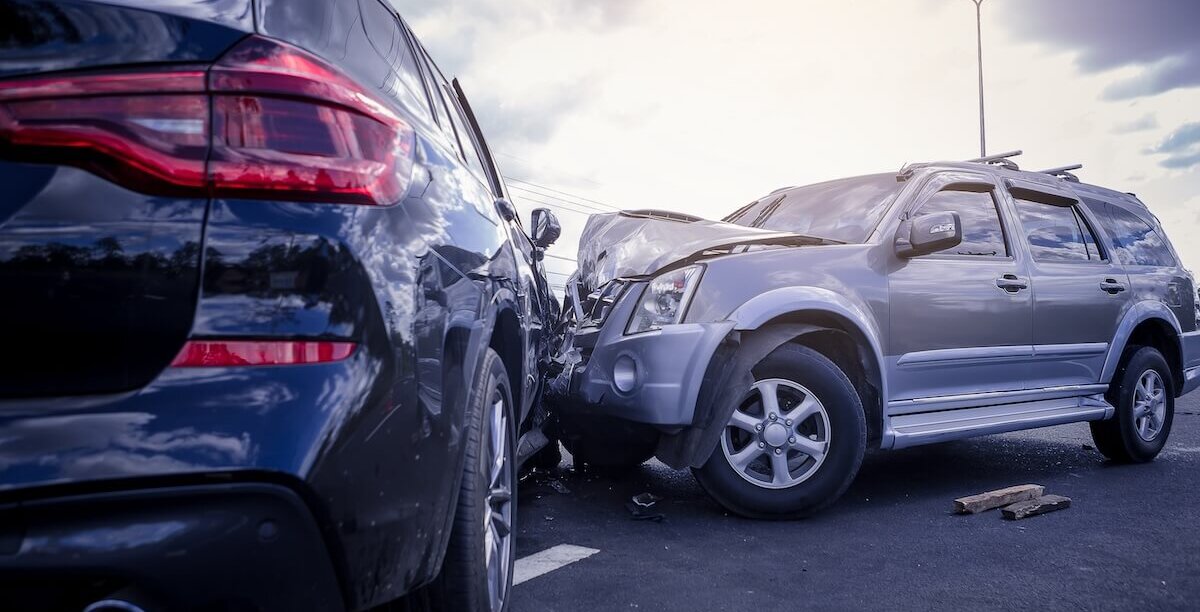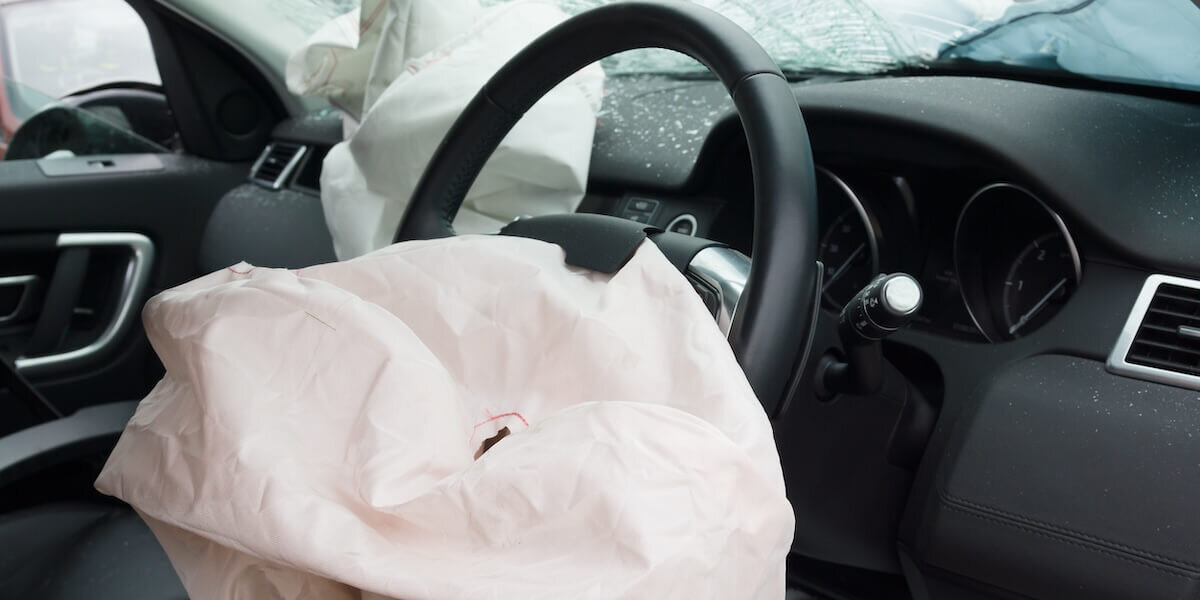By Andrew Happer, MBA, M.Eng., P.Eng., CFEI
Motor Vehicle Data: Part Three
What is motor vehicle data and how can it be used?
In the age of advanced automotive technology, vehicle owners may not be fully aware of the wealth of information stored, tracked, and wirelessly communicated by modern motor vehicles. This extensive data includes engine fault codes, operational characteristics, collision events, travel routes, camera images, and sometimes video. Law enforcement professionals and forensic engineers possess sophisticated tools to extract and analyze specific data for investigations related to collisions and hit-and-run incidents. However, navigating the ownership and accessibility parameters of this data is essential before attempting to harvest the information. In part three of this series, we explore the importance and use of the data.

Accessible data recorded by vehicles can be used for a variety of purposes. Engine fault codes and diagnostic details are important for repair facilities to troubleshoot issues with vehicle performance, and for investigators to see a history of vehicle use and maintenance issues that could contribute to a vehicle failure. When it comes to occupant restraints, the EDR data has been important to confirm operational parameters at the time of air bag deployments or during collision events, so that restraint performance can be evaluated. Monitored vehicle fleets and telematics systems can be used for real-time assessment of collision occurrences, vehicle locations, vehicle operation and driver behavior. This is valuable information for fleet managers to evaluate employee performance, vehicle performance, and to identify risks before they result in lost-time incidents. Also, the connected V2I information can evaluate roadway hazards as they develop in real-time.

The electronic motor vehicle data can also be used specifically by forensic engineers to determine the circumstances of a loss. Collision Reconstructionists are hired to analyze physical evidence and electronic data from vehicles to evaluate what happened during a motor vehicle collision or incident. The results are used to determine how liability should be apportioned, whether there is subrogation potential against another involved party or what amount they should be preparing to pay out for quantum.
Vehicle dynamics is the most common parameter evaluated from analysis of motor vehicle data. Vehicle motion can be evaluated and calculated over an extended period of time as it supplements the physical evidence from the scene. For example, pre-impact skid marks can show the path of a vehicle and be used to calculate its pre-braking speed. With the additional insight from electronic data, the vehicle’s motion before any physical marks are created on the road can be determined. This leads to determining driver responses and behaviours leading up to the collision, which is an important aspect of collision analysis, allowing a reconstructionist to comment on whether a driver responded appropriately in the circumstances.
The recorded vehicle information can also help identify the causation of a vehicle failure. For example, a driver loses control on ice and claims the ABS/stability control didn’t work. Examination of the vehicle shows a damaged wheel speed sensor and the history of the vehicle’s condition shows a repeated ABS system DTC that occurred immediately after the owner had the struts replaced. This could provide a subrogation opportunity against the repair facility.
The information from ADAS can be used to confirm the presence of a hazard in front of a vehicle. A common scenario involves a driver that steers and loses control on the roadway and crashes their vehicle. They can claim a phantom vehicle cut them off. If the vehicle has a forward-looking camera/radar system, then information can be logged regarding a hazard in front and the presence of a phantom vehicle can be confirmed.
The details determined from infotainment systems can help identify what devices (i.e., smartphones) were in a vehicle at a certain point in time. This is useful to evaluate those cases where a vehicle is allegedly stolen or there is a question as to who was inside a vehicle at the time of an incident. Additional insight from infotainment GPS tracklogs and traction events can provide information about whether slippery conditions existed or contributed to the cause of a collision.
In cases where multiple vehicles and complex circumstances are involved, it can be challenging to piece together the sequence of events simply from looking at documented vehicle rest positions and damage. The electronic motor vehicle data can provide individual impacts and vehicle speeds, which is helpful to insurers to determine liability. Overall, motor vehicle data fills in the blanks around the other physical evidence and can be used by forensic engineers to determine what factors contributed to an incident. This technical assessment can then assist insurance adjusters, lawyers and risk managers to make informed decisions regarding liability.
